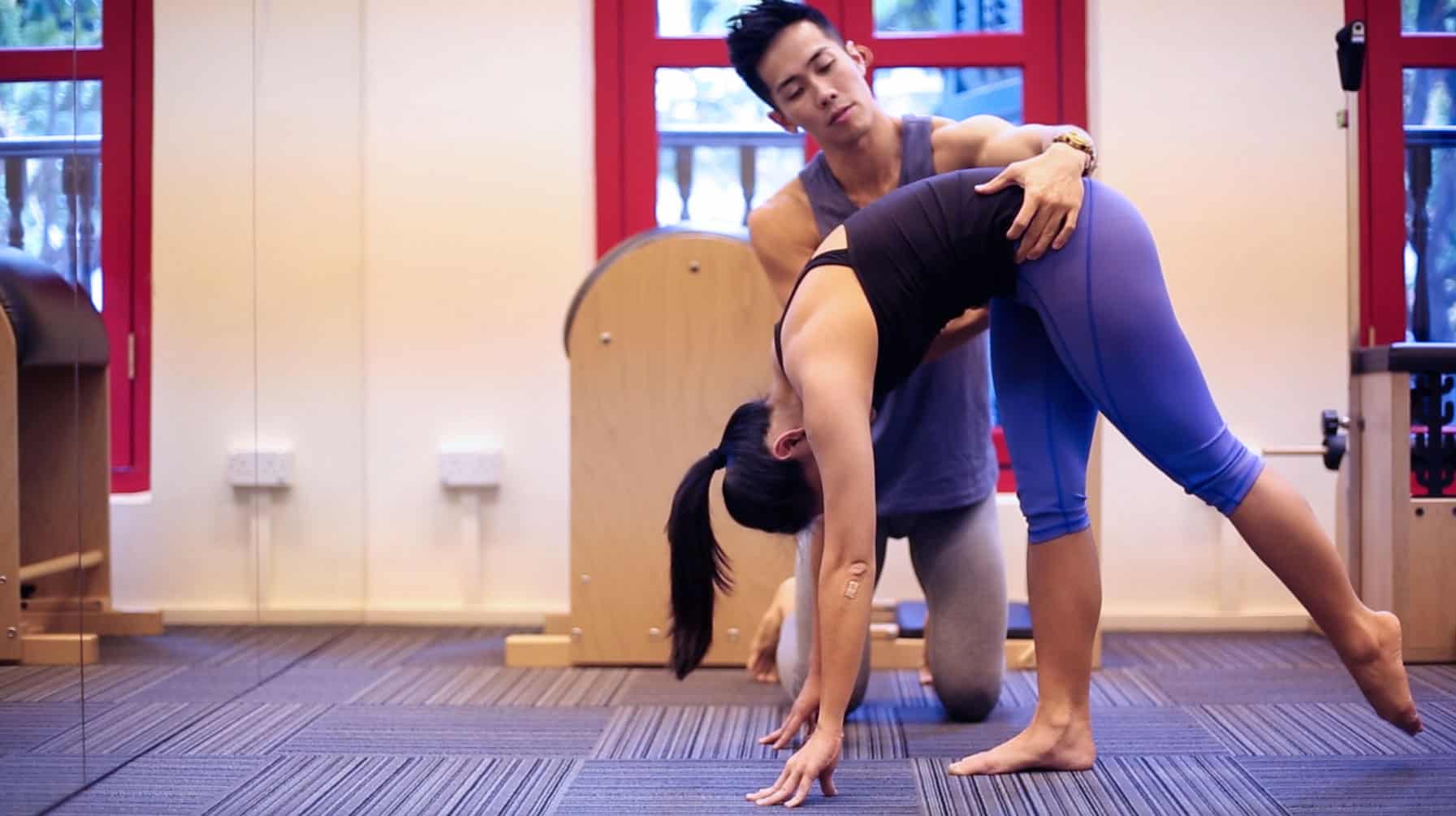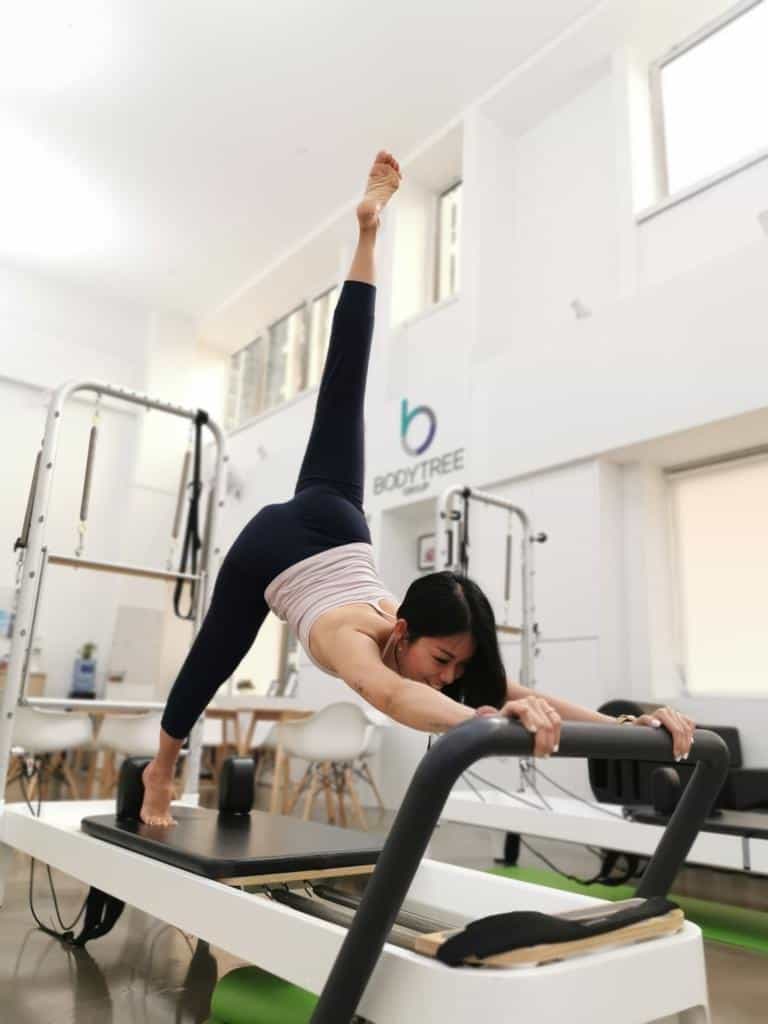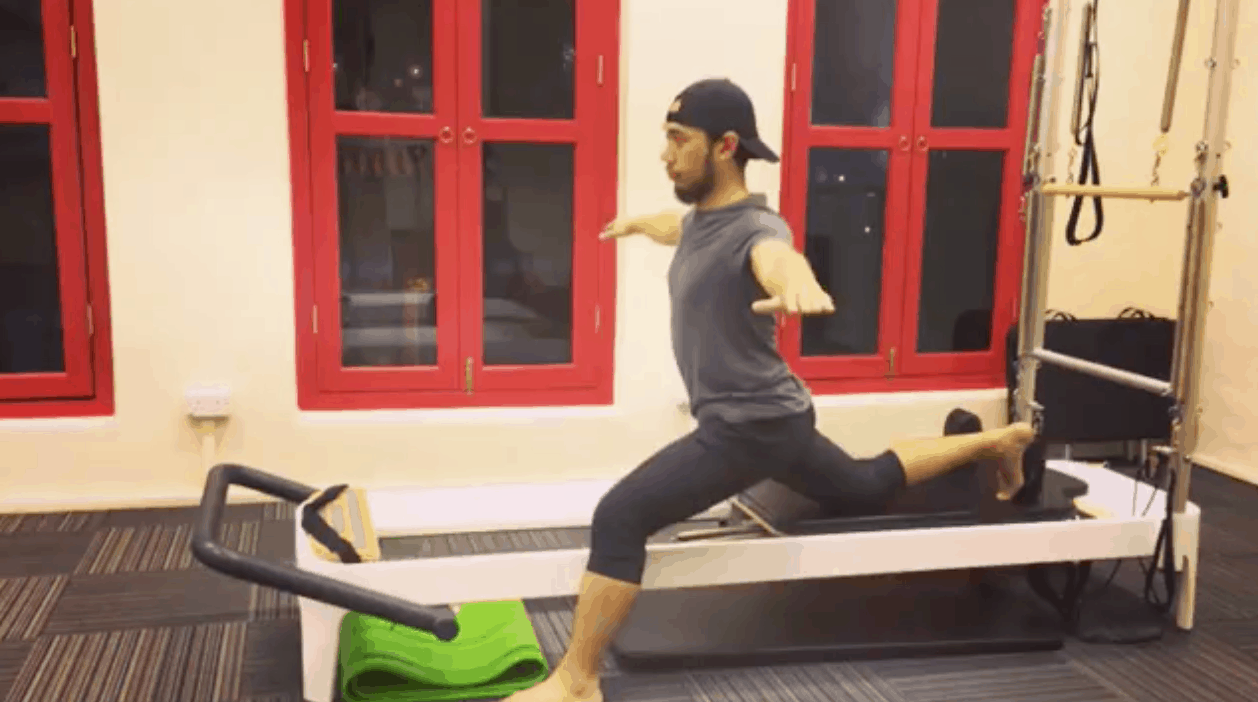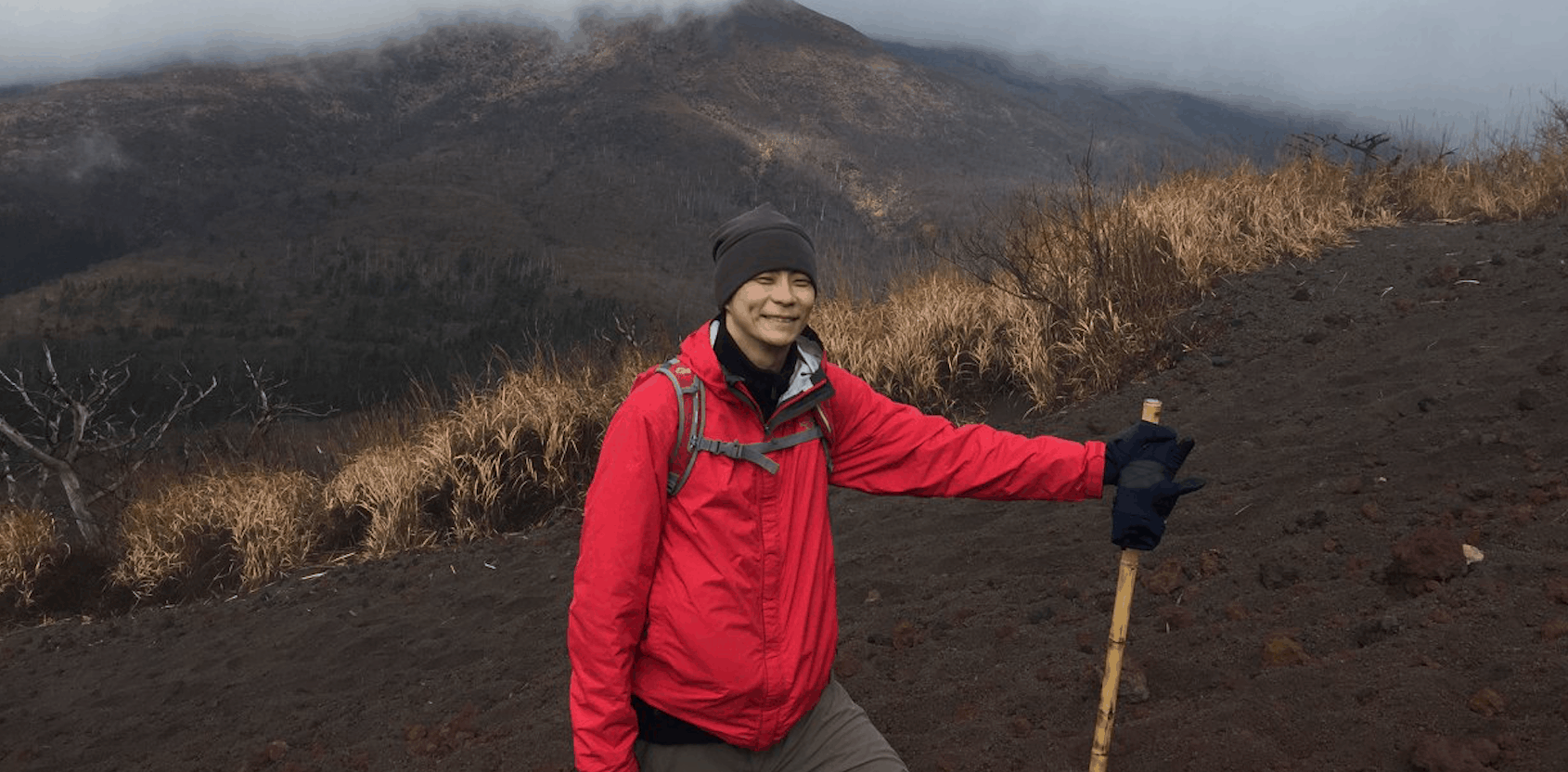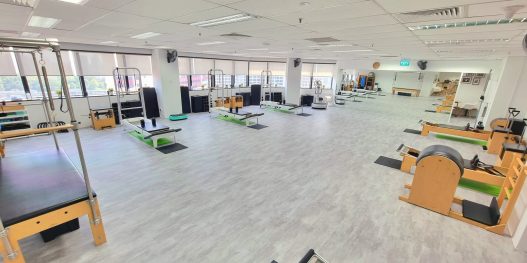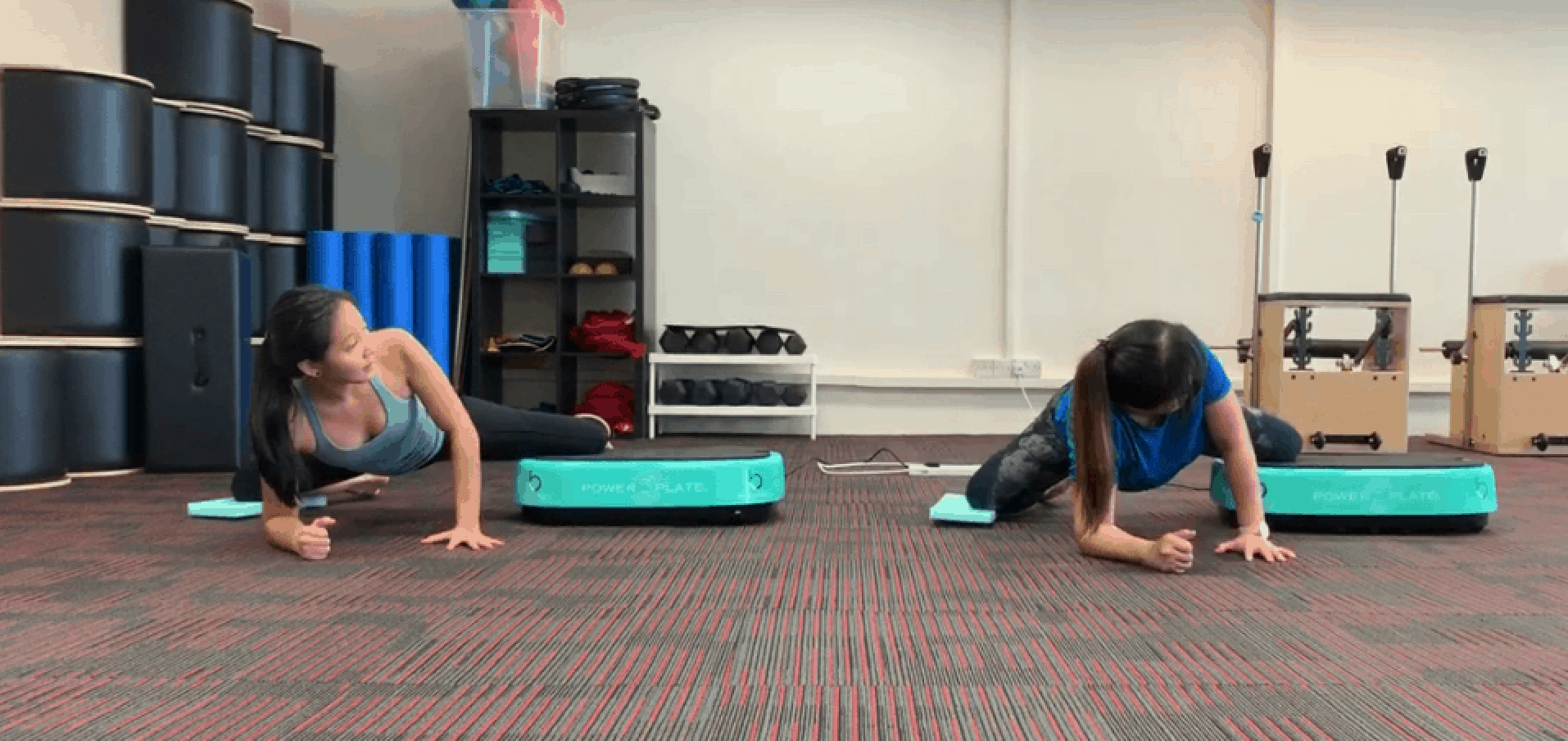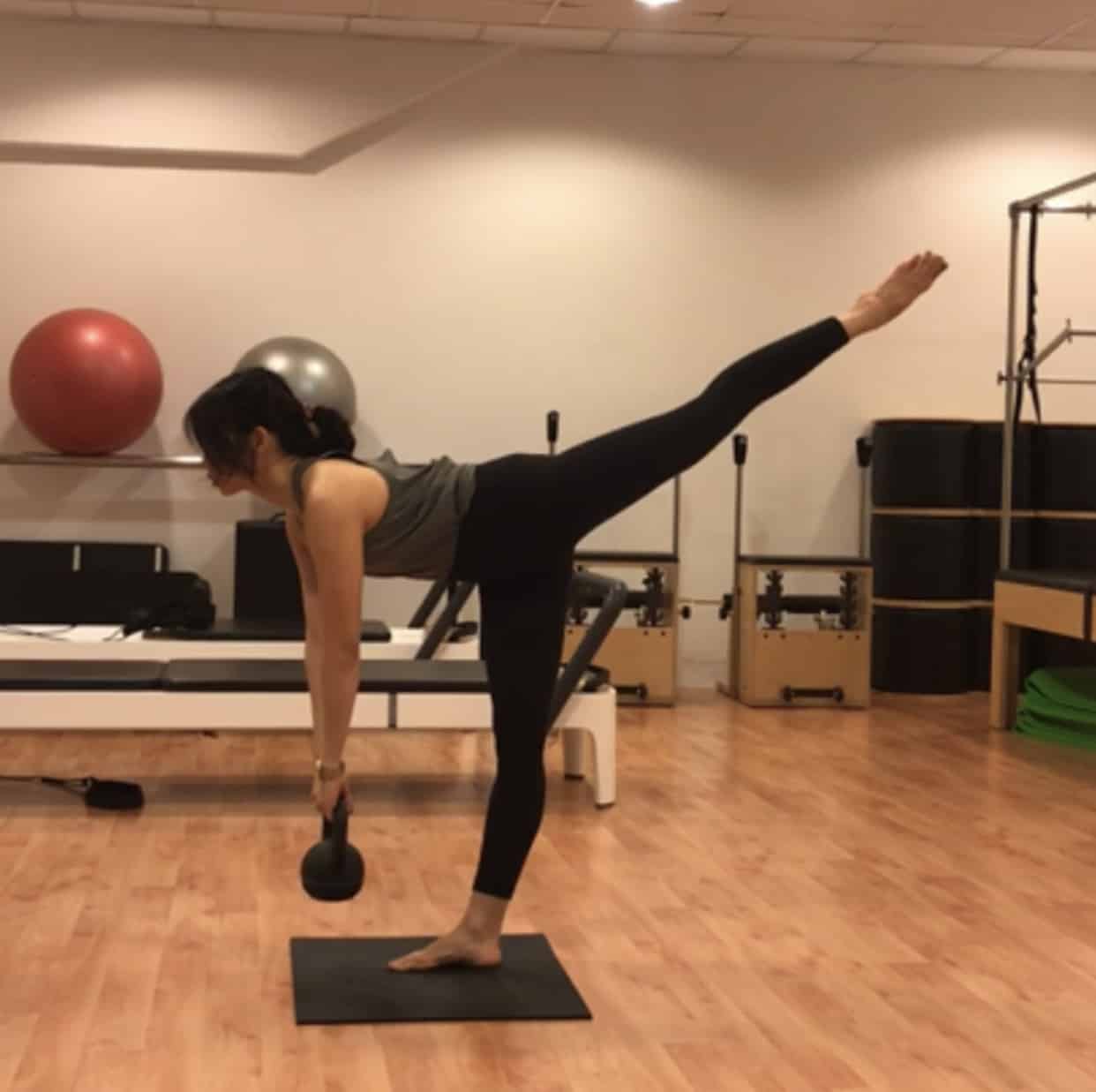“It is not cave diving, it’s not swimming with sharks, it’s not dating Lady Gaga. It’s something you do every single day, often for hours at a time, and chances are, you’re doing it right now” – Maria Masters, Men’s Health Spring 2011
I am doing it myself – writing this blog while sitting down! It is such a “normal” activity for us that we are not aware of the ill effects of sitting too much. The article wrote that researchers at Pennington Biomedical Research Center in Baton Rouge, Louisiana, found that people who sat for most of the day were 54% more likely to end up clutching their chests than those who spent little time sitting – i.e. die of heart disease.
Why? Researchers found the “lack of contractile activity in your muscles.” This means that sitting and not moving increases your heart disease risk!
I am not an expert in such health risks. However, I can tell you what I see in the clients I teach, especially those who spend many hours sitting at their desks – how too much sitting and not enough physical activity affects their physical health. Very often they present a standing posture as shown in Picture A.
1. Forward head posture
2. Rounded shoulders
3. Collapsed spine – a sign of weak abdominals and back muscles
4. Pelvis tilted backwards – a sign of weak butt muscles and tight hamstrings
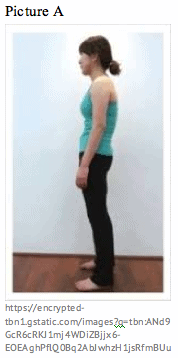
The first things such clients would say are their neck and shoulders are very tight. This is not surprising due to the forward head posture. When the head sits too far forward as in Picture B, the neck and shoulder muscles have to work extra hard to hold the head in position. Over long periods, the front chest muscles become tight and the upper back muscles become weak.

These muscle imbalances can lead to:
• Loss of curvature of the neck. This sets up uneven forces acting on the neck that can lead to early degeneration of the discs (cushions in between the neck vertebrae) and/or the bones
• Such degeneration can be slip discs or bone spurs
• Over time, this degeneration can lead to neck pain, shoulder pain and even down to the arms and fingers
Apart from neck pain and shoulder pain, some clients with such posture might complain of backaches and pains. Sometimes, the back pain shows up earlier than the neck pain.
It is the same principle of imbalanced muscles around the lower back that sets up the cycle of uneven forces, degeneration of the lower back spine and then pain. As shown in Picture C, the person is sitting with hips flexed (bent at about 90 degrees) and lower back rounded.

Over many hours and years of such position, the front hip muscles become tight, abdominals are tight and weak, and back muscles are weak. These imbalanced muscles put uneven stress on the bones of the spine – and as described for the neck above – can lead to early degeneration of the discs and/or bones, resulting in slip discs and/or bone spurs.
Over the last 9 years, I have seen increasing number of people taking up Pilates to help address such muscle imbalances, to counter the effect of sitting too much. However, there are still so many people who are sitting too much and not getting enough physical activity.
I use the MRT quite often, and I still see people – even young adults – rushing to take a seat. Occassionally, I also see some people unwilling to give up seats for others who need them more (especially when occupying seats not marked “priority”) or oblivious to others in need, because they are busy with their phones or tablets.
I do realise why people prefer sitting to standing – because we have spent so much time sitting that our muscles are not prepared for standing! It is a cycle we have to learn to break and I feel we must be committed to break if we want to reduce the risks of aches, pains and heart disease.

